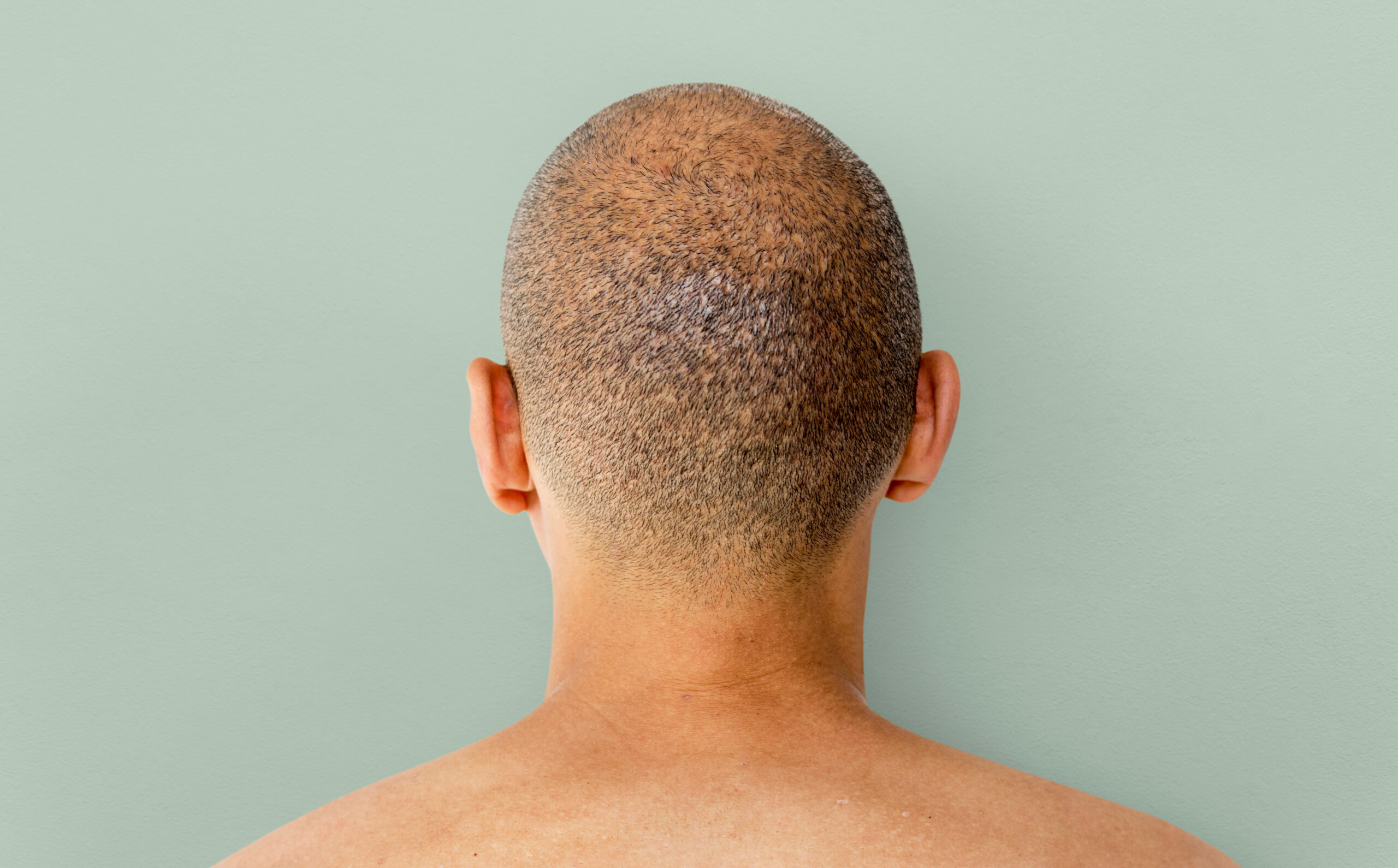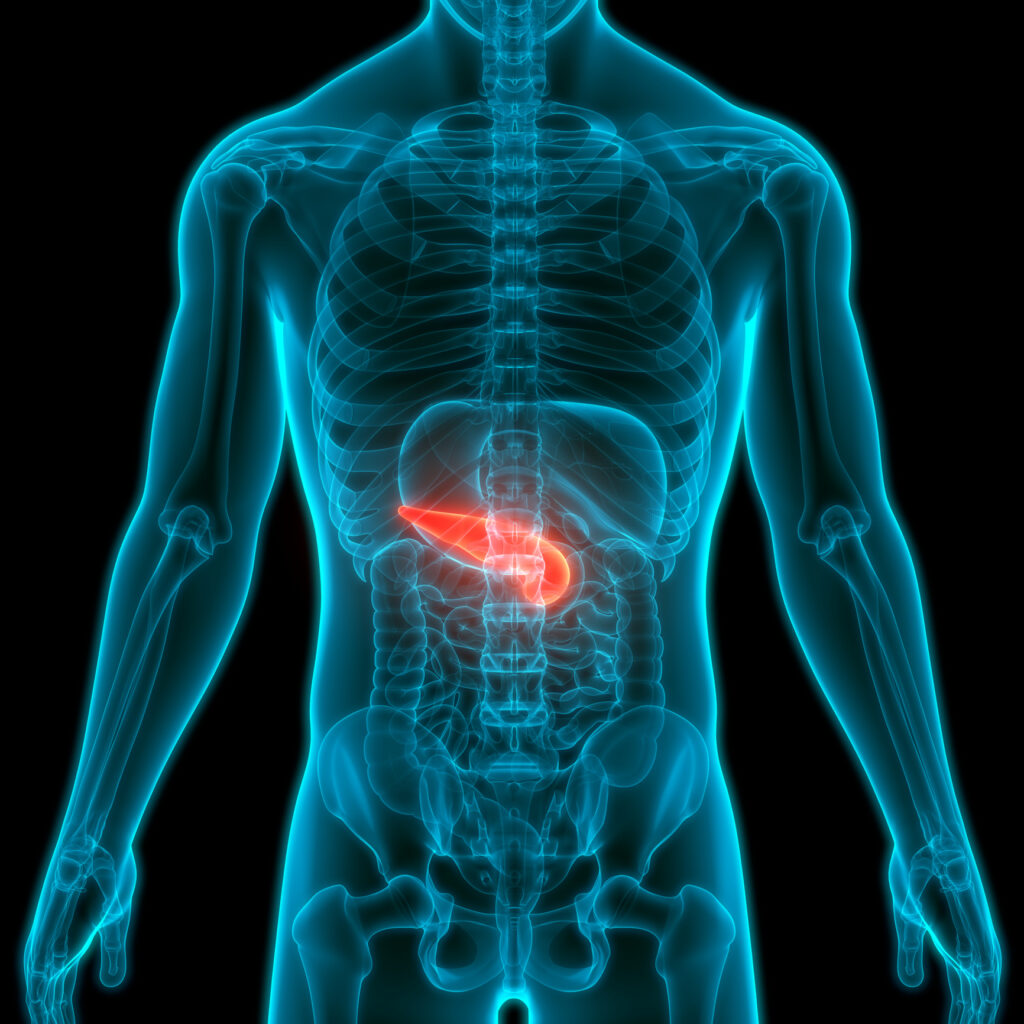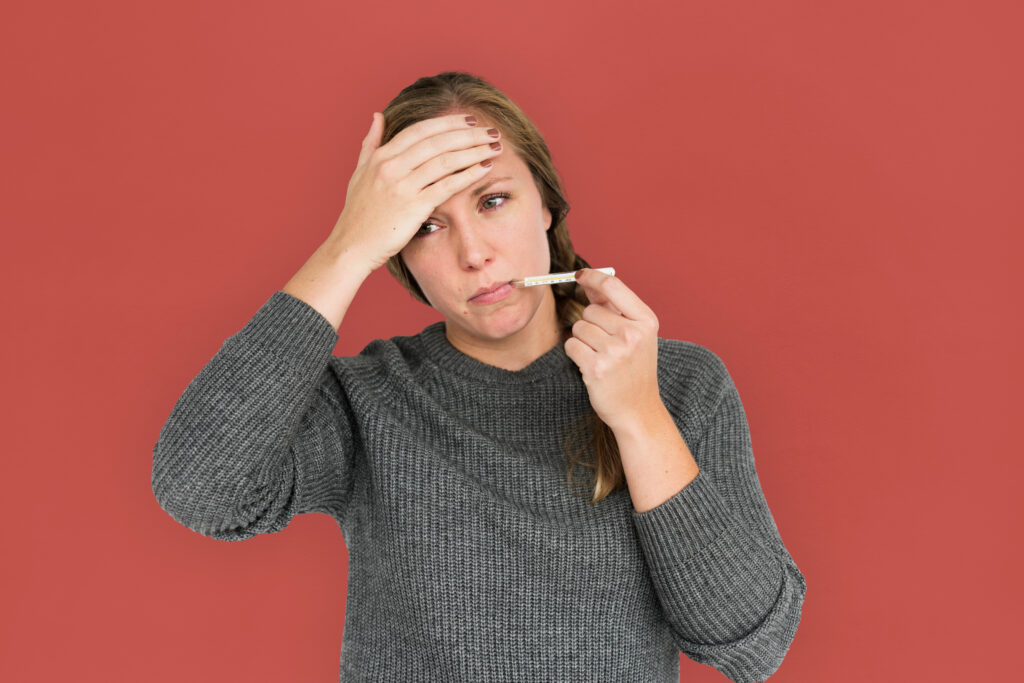
How to Stop or Slow Down Hair Loss: A Complete Guide
Hair loss can be distressing, affecting confidence and self-esteem. Whether you’re noticing thinning hair, a receding hairline, or excessive shedding, understanding the causes and available treatments can help you take control of your hair health.
In this comprehensive guide, we’ll explore:
- The Causes of Hair Loss – Common types, including male and female pattern baldness.
- Medications – How treatments like Finasteride and Minoxidil can help.
- Diet & Nutrition – The role of vitamins and minerals in hair growth.
- Hair Care Tips – Best practices to prevent further damage.
- Surgical & Medical Procedures – When to consider hair transplants or laser therapy.
Let’s dive in.
Understanding Hair Loss: Causes & Types
Hair loss can stem from various factors, including genetics, hormonal changes, medical conditions, and lifestyle choices. The most common types include:
1. Male Pattern Baldness (Androgenetic Alopecia)
This hereditary condition affects around 50% of men by age 50, often starting as early as the late teens or twenties. It typically begins with thinning at the crown or a receding hairline.
Cause: An excess of dihydrotestosterone (DHT), a hormone derived from testosterone, which shrinks hair follicles over time.
2. Female Pattern Hair Loss
Women can also experience thinning hair, usually across the scalp rather than in defined bald patches. Hormonal changes (e.g., menopause, pregnancy) often contribute.
3. Other Causes of Hair Loss
- Telogen Effluvium – Temporary shedding due to stress, illness, or rapid weight loss.
- Alopecia Areata – An autoimmune condition causing patchy hair loss.
- Medical Conditions & Medications – Thyroid disorders, iron deficiency, and chemotherapy can trigger hair loss.
If you’re unsure about the cause, consult a doctor to rule out underlying health issues.
Medications to Treat Hair Loss
Two clinically proven treatments can slow, stop, or even reverse hair loss:
1. Minoxidil (Regaine®)
- How it works: A topical solution that boosts blood flow to hair follicles, extending the growth phase.
- Effectiveness: Works for both men and women, with results visible after 3-6 months.
- Forms: Available as a 2% or 5% solution or foam.
Start your free online consultation for Minoxidil here
2. Finasteride (Propecia®)
- How it works: An oral tablet that blocks DHT production, preventing further follicle shrinkage.
- Effectiveness: Best for male pattern baldness—90% of men see halted hair loss, and 65% regrow hair.
- Side Effects: Rare (1-2% of users report sexual dysfunction).
Start your free online consultation for Finasteride here
Can Diet Help Prevent Hair Loss?
Nutritional deficiencies can worsen hair shedding. Key vitamins and minerals for healthy hair growth include:
✔ Iron – Supports oxygen delivery to follicles (low iron = increased shedding).
✔ Zinc & Magnesium – Essential for hair protein (keratin) production.
✔ Omega-3s & Vitamin D – Reduce inflammation and promote scalp health.
Best Foods for Hair Growth:
- Protein-rich: Eggs, lean meats, beans, lentils.
- Iron sources: Spinach, red meat, lentils.
- Healthy fats: Avocados, nuts, salmon.
If you suspect a deficiency, a blood test can guide supplementation.
Hair Care Tips to Reduce Thinning
Over-styling and harsh products can accelerate hair loss. Follow these tips:
✅ Use a gentle, sulfate-free shampoo to avoid scalp irritation.
✅ Condition regularly to prevent breakage.
✅ Avoid excessive heat styling & tight hairstyles (e.g., ponytails, braids) to prevent traction alopecia.
✅ Massage your scalp to stimulate circulation.
Surgical & Medical Hair Loss Solutions
If medications and lifestyle changes aren’t enough, advanced treatments include:
1. Hair Transplants (FUE/FUT)
- Follicular Unit Extraction (FUE): Individual follicles are transplanted for natural-looking results.
- Follicular Unit Transplantation (FUT): A strip of scalp is removed and dissected into grafts.
- Cost: £3,000 – £15,000, depending on graft count.
2. Low-Level Laser Therapy (LLLT)
- A non-invasive option using red light to stimulate follicles.
- Less effective than transplants but more affordable.
Final Thoughts: Finding the Right Solution
Hair loss treatments vary in effectiveness depending on the cause. Early intervention with Finasteride or Minoxidil offers the best chance of preserving hair. If those don’t work, transplants or laser therapy may be an option.
By understanding your hair loss and taking proactive steps, you can maintain—or regain—a fuller, healthier head of hair.
Have you tried any hair loss treatments? Share your experience in the comments!
Recent Posts
GLP-1 Medications and Lipedema: New Hope on the Horizon?
For the millions of women living with lipedema worldwide, finding effective treatment options has been a long…
How Woolcool Keeps Your Medication Perfectly Cool for Up to 72 Hours
When it comes to shipping temperature-sensitive medications, we know how crucial it is to maintain the right…
Join the D-Squad: Earn Cash with DoToR’s Affiliate Programme
Looking for a simple, rewarding way to earn extra income while helping others optimise their health? Welcome…
DPD delivery options
DPD Delivery: How We Get Your Medication to You Quickly and Safely When it comes to your…
Pancreatitis & Gallbladder Problems: Rare But Important to Know
Optimise Your Health. Bring Out Your Best. If you’re taking a GLP-1 treatment like Mounjaro®, Wegovy®, you’re…
Slow down champ!
Slow Down, Champ: Alcohol and GLP-1s Don’t Mix Well. When you’re on a journey to better health—especially…
Experiencing Side Effects from Weight Loss Medication? Here’s What to Do
Starting a new weight loss treatment is a big step — and it’s completely normal to experience…
GLP-1 Side Effects: What to Expect & How to Manage Them
GLP-1 medications like Mounjaro® (tirzepatide) and Wegovy® (semaglutide) are powerful tools for weight management and blood sugar…
No GP or Doctor Visit required
Why Choose DoToR? The Smarter, Faster Way to Get the Treatment You Need When you’re feeling unwell—or…
Why Ventolin is Great for Short-Term Asthma Relief – But Not a Long-Term Solution
Asthma can be scary, especially when you’re struggling to catch your breath. That’s where Ventolin (salbutamol) comes in—a fast-acting…
Our Latest
GLP-1 Medications and Lipedema: New Hope on the Horizon?
For the millions of women living with lipedema worldwide, finding effective treatment options has been a long and frustrating journey. However, recent research is shedding light on a potential new avenue for treatment: GLP-1 receptor agonists, particularly tirzepatide. What is Lipedema? Lipedema is a chronic medical condition characterized by the abnormal accumulation of fat cells,…
How Woolcool Keeps Your Medication Perfectly Cool for Up to 72 Hours
When it comes to shipping temperature-sensitive medications, we know how crucial it is to maintain the right environment. That’s why we use Woolcool — a flexible thermal packaging solution that’s a game-changer in the pharma world. What Makes Woolcool So Special?Woolcool uses 100% natural wool fibers to insulate your medications. It’s designed specifically to keep…
Join the D-Squad: Earn Cash with DoToR’s Affiliate Programme
Looking for a simple, rewarding way to earn extra income while helping others optimise their health? Welcome to the DoToR D-Squad — our affiliate programme designed to give back to those who share what we do. Whether you’re a satisfied customer, a health-conscious influencer, or just someone who wants to help others access clinically-backed treatments,…










